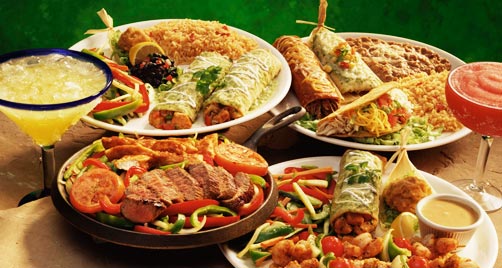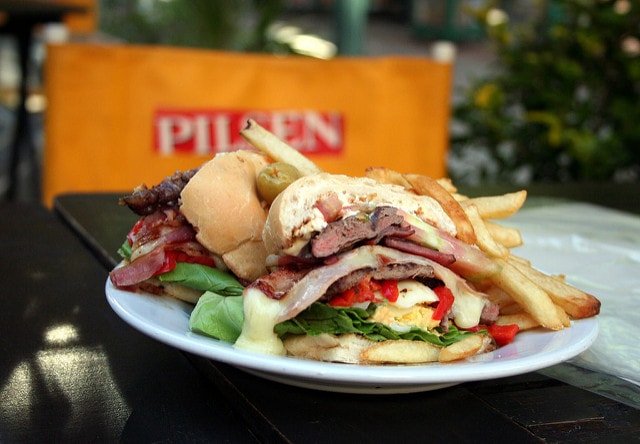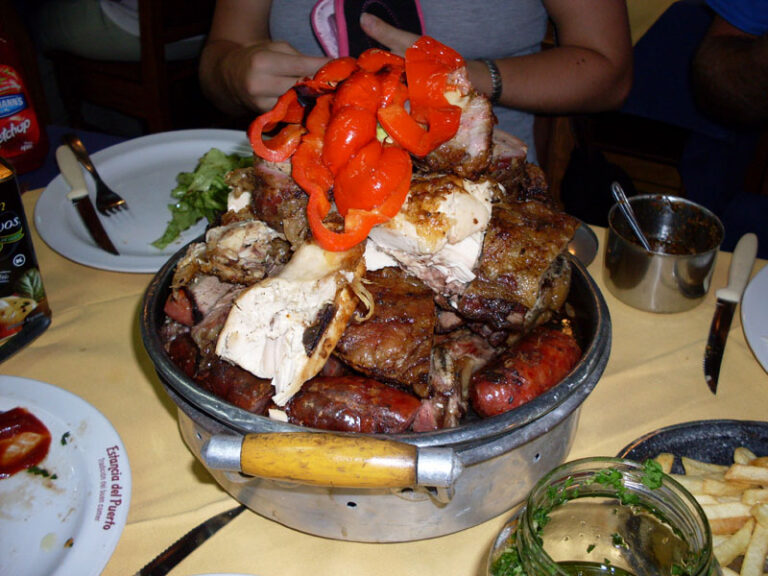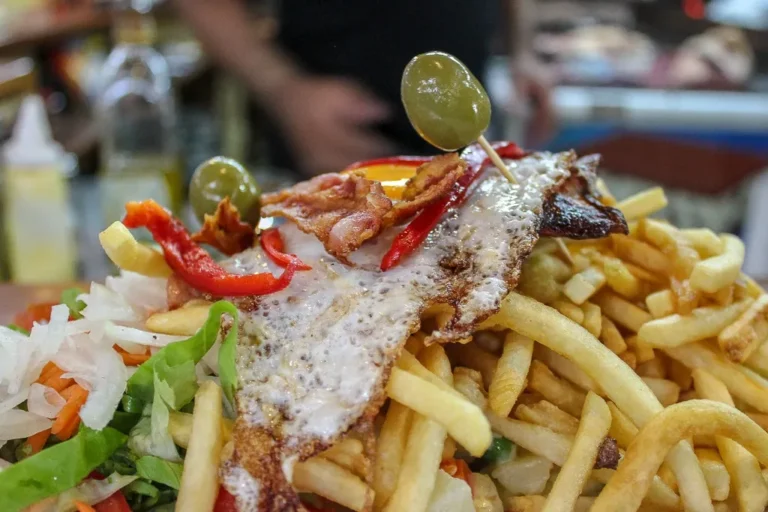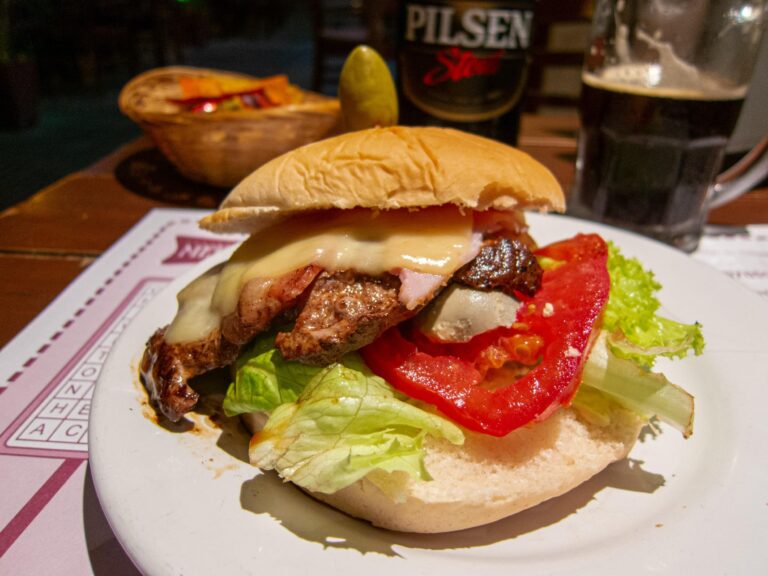Introduction: Uruguayan cuisine
Uruguayan cuisine is a reflection of the country’s diverse cultural heritage. The cuisine is a blend of indigenous, African, European, and other immigrant influences. Uruguay is known for its barbecued meat, particularly beef, but there is much more to the country’s cuisine. Uruguayans have a strong culinary tradition, and they take pride in their food and its cultural and historical significance.
The cultural and historical roots of Uruguayan cuisine
Uruguay’s cuisine has its roots in indigenous cuisine, which relied heavily on corn, beans, and other native vegetables. African slaves brought their culinary traditions to Uruguay during the colonial period, including the use of spices and herbs in cooking. European immigrants, mainly from Italy and Spain, also contributed to the country’s culinary tradition with their own recipes and cooking techniques. The result is a unique blend of flavors and techniques that make Uruguayan cuisine stand out.
A taste of traditional Uruguayan dishes
Some of the most traditional Uruguayan dishes include asado, a type of barbecued meat, chivito, a sandwich with meat, cheese, and vegetables, and empanadas, a pastry filled with meat, vegetables, or cheese. Other popular dishes include milanesa, a breaded and fried meat cutlet, and puchero, a stew made with meat, vegetables, and beans. These dishes are often served with mate, a traditional South American drink made from the leaves of the yerba mate plant.
Iconic Uruguayan dishes and their historical significance
Asado, Uruguay’s national dish, has a long history and cultural significance. The dish is typically prepared with beef, but other meats such as pork, lamb, and chicken are also used. Asado is not just a meal; it is a social event that brings families and friends together. It is often accompanied by music, drinks, and conversation, making it a true celebration of Uruguayan culture.
Another iconic dish is chivito, which was created in the 1940s by a restaurant owner looking to create a sandwich that would appeal to American tourists. The sandwich, which is made with beef, ham, cheese, lettuce, tomato, and mayonnaise, has become a staple of Uruguayan cuisine and is now enjoyed by both locals and tourists alike.
The influence of neighboring countries in Uruguayan cuisine
Uruguay’s cuisine has been influenced by its neighboring countries, particularly Argentina and Brazil. Asado, for example, is also a popular dish in Argentina, while feijoada, a stew made with beans and meat, is a popular Brazilian dish that has become a part of Uruguayan cuisine. These influences have helped to shape Uruguayan cuisine and make it even more diverse.
Conclusion: Preserving and celebrating Uruguayan culinary traditions
Uruguayan cuisine is an essential part of the country’s cultural heritage. It reflects the country’s diverse roots and history, and it is an important part of the country’s identity. As such, it is important to preserve and celebrate these culinary traditions. By doing so, we can ensure that future generations can continue to enjoy the unique flavors and techniques of Uruguayan cuisine.


